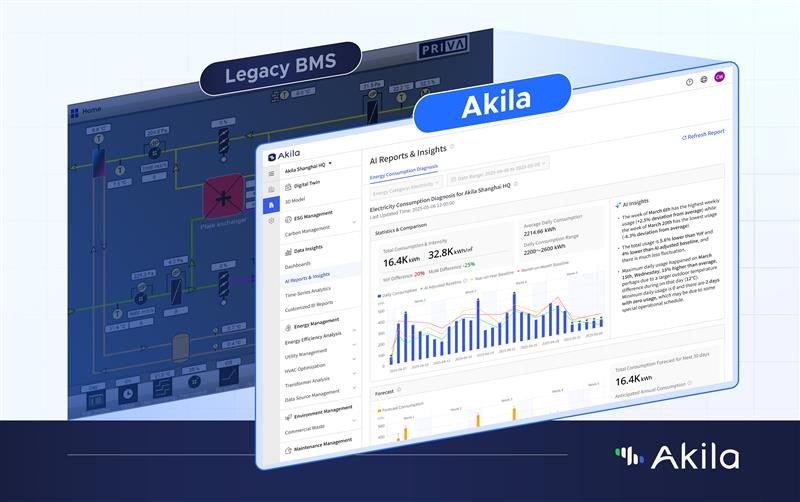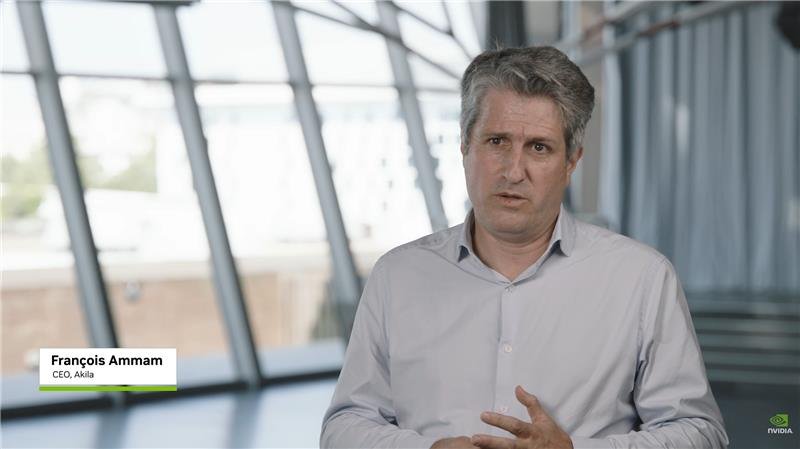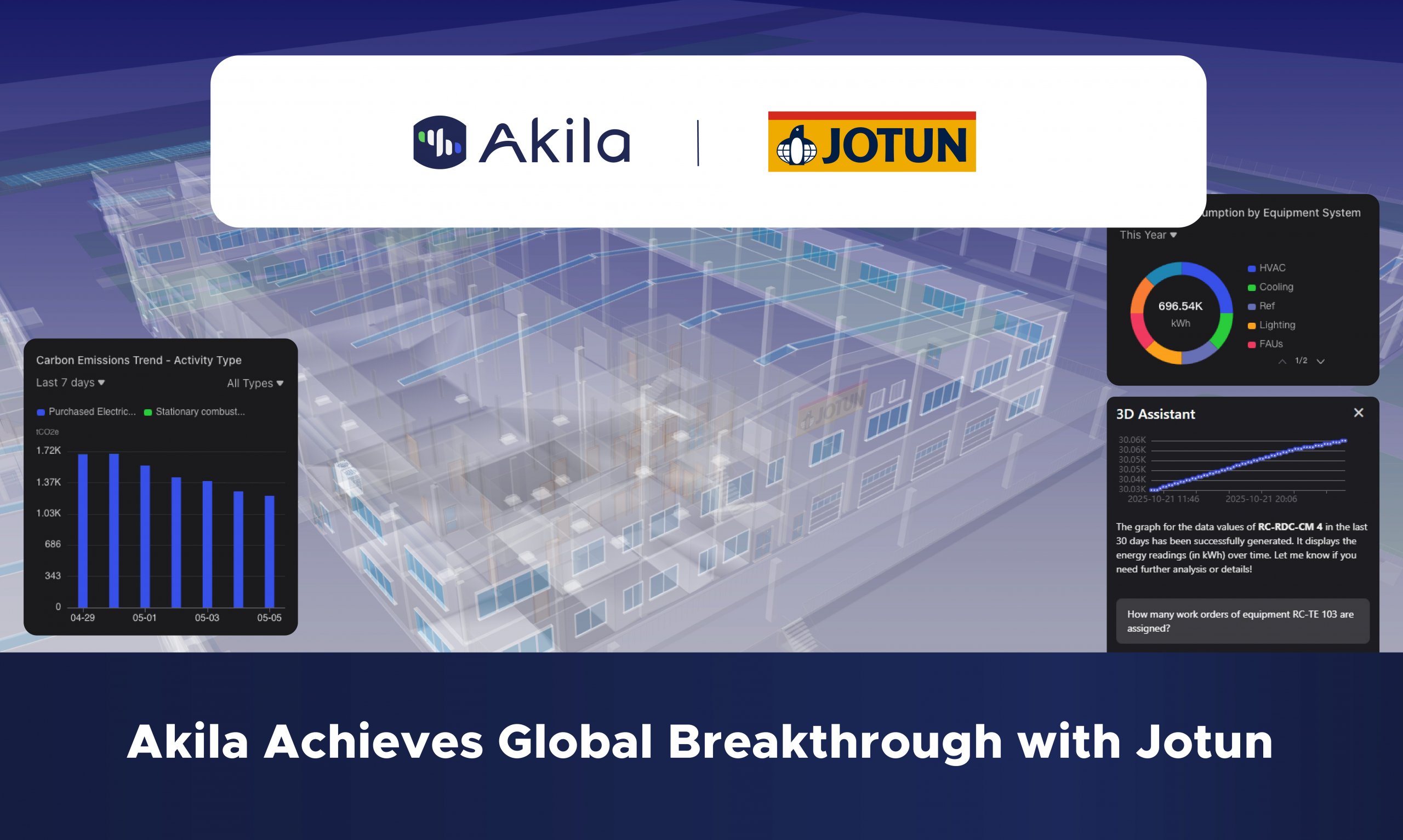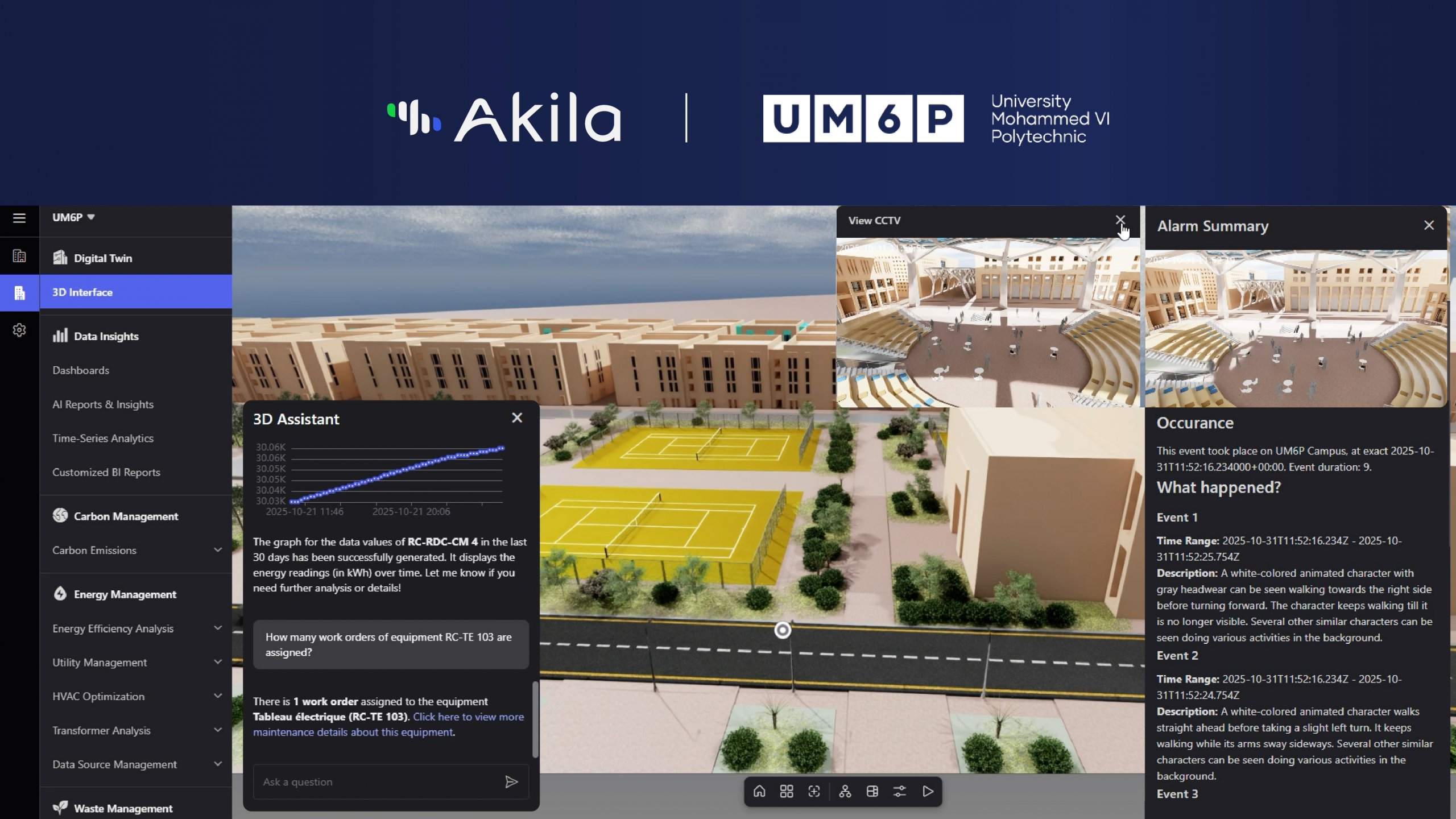
Building Management Systems (BMS) have been the industry standard for managing HVAC systems for decades. These systems run on fixed rules and rely heavily on human intervention to adjust to new conditions. This made sense when energy was cheap and expectations were simple. But that era is over. Energy costs are rising, regulations are getting stricter, and building occupants expect more from the spaces they use.
Today, traditional BMS setups leave 15 to 25 percent of potential energy savings on the table. That loss doesn’t just impact energy bills. It drives up carbon emissions and undermines building performance.
This article explains how and why these inefficiencies happen. It shows the cost of inaction, not just in dollars but in missed climate goals. It introduces AI-based HVAC optimization as a practical overlay to current systems. You’ll see how it works, what kind of results are being delivered, and how real facilities are achieving quick returns with minimal disruption.
You don’t need to rip out your system to make a change. You need better control. Akila’s AI optimization platform works with your existing infrastructure to deliver measurable savings and verifiable results.
The Problem with Traditional BMS
A traditional BMS controls HVAC through pre-set logic. It assumes the same conditions apply every day. But conditions rarely stay the same. A building’s usage changes from hour to hour. Weather can swing wildly. Equipment degrades over time. The system doesn’t respond to any of that unless someone tells it to.
This leads to major inefficiencies. HVAC runs even when zones are unoccupied. Cooling and heating may overlap. Chillers or air handlers may cycle more than needed. None of this is optimized for what’s happening now or what’s about to happen.
Even when problems arise, detection is reactive. Faults are addressed after comfort or efficiency drops. A BMS might send alerts, but by then, energy has already been wasted. The system logs data, but it doesn’t analyze it to improve future performance.
This all adds up. Studies and field data show energy waste from traditional control can reach 25 percent. It also drives higher maintenance costs and shortens the life of HVAC equipment.
The Cost of Inefficiency
Take a 30,000 square meter retail site in France. Its HVAC system consumes about 1,260,000 kilowatt-hours per year. If 25 percent of that is wasted due to poor control, that’s 315,000 kWh. At $0.21 per kWh, the annual cost of that waste is $65,000.
The environmental cost is just as clear. That energy waste translates to about 130 metric tons of CO₂ emissions per year. That’s roughly equivalent to the emissions from 40 passenger vehicles.
Now consider a portfolio of 50 similar sites. That adds up to over \$3.25 million in unnecessary energy costs each year. And more than 6,500 metric tons of emissions that could have been avoided with smarter controls.
How AI HVAC Optimization Works
Akila’s Smart HVAC Optimization platform doesn’t replace your BMS. It connects with it and adds a layer of intelligence. This system uses real-time data, historical patterns, and predictive models to adjust HVAC operations dynamically.
It starts by integrating with existing infrastructure through standard protocols like BACnet, Modbus, or available APIs. It pulls data from temperature sensors, humidity readings, occupancy inputs, equipment status, and even energy pricing.
With that data, the platform builds a model of the building’s thermal behavior. It forecasts demand up to 24 hours in advance, factoring in weather forecasts, typical usage patterns, and real-time internal conditions.
It then continuously adjusts how HVAC equipment operates. It determines the most efficient mix of chillers, boilers, pumps, and air handlers. It shifts load based on projected needs rather than reacting too late.
Over time, the system learns and improves. It fine-tunes equipment schedules and control sequences to match how your building actually performs. This ongoing learning reduces energy use without sacrificing comfort.
Traditional BMS vs. Akila AI
Traditional BMS operates on fixed rules. Once programmed, the system only changes when someone updates it. If occupancy drops on a Tuesday afternoon, or weather changes unexpectedly, the system doesn’t know. It keeps running the same way.
Akila’s AI is adaptive. It updates control sequences in real time based on current conditions. It sees when a meeting room is empty and adjusts ventilation. It knows when outdoor temperatures are dropping and begins shifting internal loads ahead of time.
With traditional BMS, fault detection happens late. You may find out when people complain or bills spike. Akila anticipates issues before they impact performance. It reduces wear on equipment by smoothing load transitions and avoiding overuse.
In terms of return on investment, the difference is clear. Traditional BMS upgrades can be expensive. Akila works with what’s already there, cutting capital cost and speeding up ROI.
Chiller-Side Optimization
Chiller plants are the biggest energy consumers in many buildings. Between 50 and 70 percent of HVAC energy use often comes from the chiller side. Managing this load efficiently is where AI delivers some of its strongest gains.
Akila’s optimization engine models the entire chilled water system. It manages how chillers stage and cycle. It adjusts compressor speeds and selects the most efficient mix of equipment. It controls pumps, valves, and flows to match real-time demand while avoiding unnecessary pressure and flow rates.
It doesn’t just run things “on” or “off.” It runs them as efficiently as possible.
At a large-format retail site, this approach led to a 42.8 percent drop in chiller-side energy use. This wasn’t from changing the equipment. It was from running it smarter.
Case Study: Big Box Retail
A national retailer tested Akila across 11 of its large stores and shopping centers. These buildings already had BMS systems in place. Akila was connected through the existing protocols.
AI optimization was applied across HVAC components. Energy use before and after was measured according to the IPMVP protocol. Adjustments were made to normalize for occupancy and weather variation.
The results were consistent. On average, HVAC energy use dropped 25 percent. One standout site reduced usage by 283,829 kilowatt-hours in a single year. At standard energy rates, that meant savings of over $32,000.
Payback came in under 12 months. All without major upgrades or hardware replacements.
The facility manager noted that the change wasn’t just about saving money. It gave their team visibility into how the system was actually performing. Control became easier and more transparent.
Conclusion and Next Steps
Traditional BMS systems are limited. They do what they’re told, but only that. In a world where energy costs, emissions, and comfort all matter more than ever, that’s not enough.
Akila’s AI HVAC optimization platform transforms how buildings operate. It works with what’s already in place and makes it perform better. It uses data you already collect to reduce waste, extend equipment life, and improve occupant comfort.
It’s not about reinventing the wheel. It’s about steering smarter.







